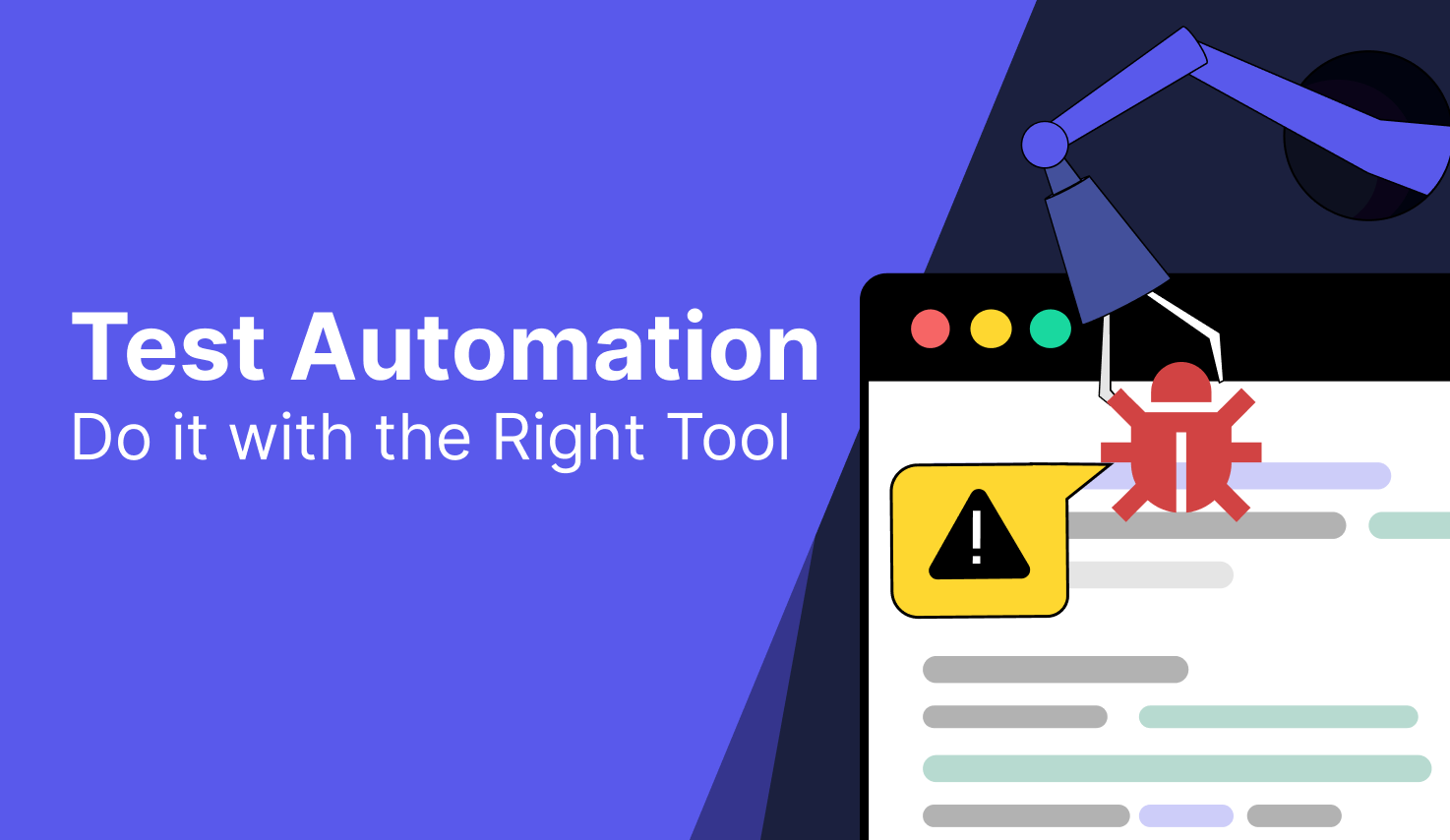Choosing the Right Test Automation Platform: Streamlining Quality in Modern Software

In today’s fast-paced software development environment, efficiency and reliability are non-negotiable. That’s where a Test Automation Platform comes into play. By automating repetitive testing tasks, teams can detect bugs early, reduce manual errors, and accelerate release cycles—all without compromising quality. Whether you’re a startup trying to ship features faster or an enterprise managing complex applications, the right test automation strategy can transform your development lifecycle.
Why Test Automation Platforms Are Essential
Manual testing has been the backbone of quality assurance for decades. However, as applications become more complex and release cycles shorter, manual testing alone cannot keep pace. Here’s why organizations are increasingly investing in a Test Automation Platform:
- Speed and Efficiency – Automation allows tests to run in parallel across multiple environments, saving time and enabling faster feedback loops.
- Consistency – Automated tests perform exactly the same steps every time, reducing human error and improving reliability.
- Scalability – Modern applications often span web, mobile, and API layers. Test automation platforms support multiple technologies, enabling QA teams to scale testing across different systems.
- Cost Savings – While the initial setup may require investment, automated testing reduces long-term labor costs and minimizes expensive production bugs.
Key Features of a Modern Test Automation Platform
Selecting the right platform requires understanding its core capabilities. A robust Test Automation Platform should include:
- Cross-Platform Support – Ability to test web, mobile, desktop, and APIs from a single platform.
- Integration Capabilities – Seamless integration with CI/CD pipelines, project management tools, and version control systems ensures a smooth workflow.
- AI-Powered Test Generation – Some platforms now use AI to automatically generate test cases, identify gaps, and suggest optimizations.
- Reporting and Analytics – Advanced dashboards provide actionable insights, helping teams understand trends, failures, and coverage metrics.
- Reusable Test Components – Modular test scripts reduce duplication and make maintenance easier as the application evolves.
Benefits Beyond QA
A Test Automation Platform doesn’t just help testers—it benefits the entire organization:
- Faster Time-to-Market – Automation accelerates release cycles without sacrificing quality, giving companies a competitive edge.
- Improved Collaboration – Test results become transparent and accessible to developers, product managers, and stakeholders, fostering better communication.
- Enhanced Customer Satisfaction – By catching bugs before they reach production, automation ensures a smoother, more reliable user experience.
Best Practices for Implementing Test Automation
Implementing a platform effectively requires more than just tools—it demands strategy:
- Start Small, Scale Gradually – Begin with high-impact test cases, then expand automation coverage as confidence grows.
- Maintain Test Scripts – Automation isn’t a “set it and forget it” process. Update scripts regularly to reflect application changes.
- Integrate with CI/CD – Automated testing is most powerful when it runs alongside continuous integration and delivery pipelines.
- Prioritize Test Cases – Focus on repetitive, high-risk, and time-consuming tests first for maximum ROI.
- Leverage Reporting for Insights – Use dashboards and metrics to guide decisions and optimize test coverage.
Challenges to Watch Out For
Despite its advantages, automation has its challenges:
- Initial Investment – Licensing, setup, and training costs can be significant.
- Maintenance Overhead – As applications evolve, automated tests require regular updates to remain effective.
- Skill Gaps – Teams need proficiency in scripting, tools, and integration to fully leverage the platform.
Choosing a platform that aligns with your organization’s skill set and objectives is critical for long-term success.
Emerging Trends in Test Automation
The landscape of test automation continues to evolve. Current trends include:
- AI and ML-Driven Testing – Smart platforms analyze past test results to predict risk areas and optimize test coverage.
- Codeless Automation – Low-code/no-code platforms empower business analysts and QA professionals without deep programming skills to automate tests.
- Cloud-Based Testing – Cloud platforms enable distributed testing across multiple devices and browsers without expensive infrastructure.
- Shift-Left Testing – Integrating automated testing earlier in the development lifecycle ensures faster bug detection and reduces downstream costs.
Choosing the Right Platform
Selecting the right Test Automation Platform requires balancing your organization’s needs, budget, and technical requirements:
- Evaluate your application stack and ensure compatibility.
- Assess integration capabilities with existing CI/CD tools.
- Consider the learning curve and availability of technical support.
- Factor in scalability, reporting, and analytics features.
- Look for platforms with strong community support and continuous updates.
The right choice will not only enhance QA efficiency but also improve collaboration, speed, and software quality across the board.
Final Thoughts
A Test Automation Platform is no longer optional—it’s essential for any organization seeking speed, reliability, and quality in software development. By strategically implementing automation, teams can reduce manual effort, accelerate release cycles, and enhance the user experience.
As automation technologies continue to evolve—incorporating AI, cloud computing, and codeless frameworks—organizations that adopt a modern test automation strategy will gain a measurable competitive advantage. In the fast-moving world of software, automation isn’t just a tool; it’s a cornerstone of innovation, efficiency, and long-term success.



